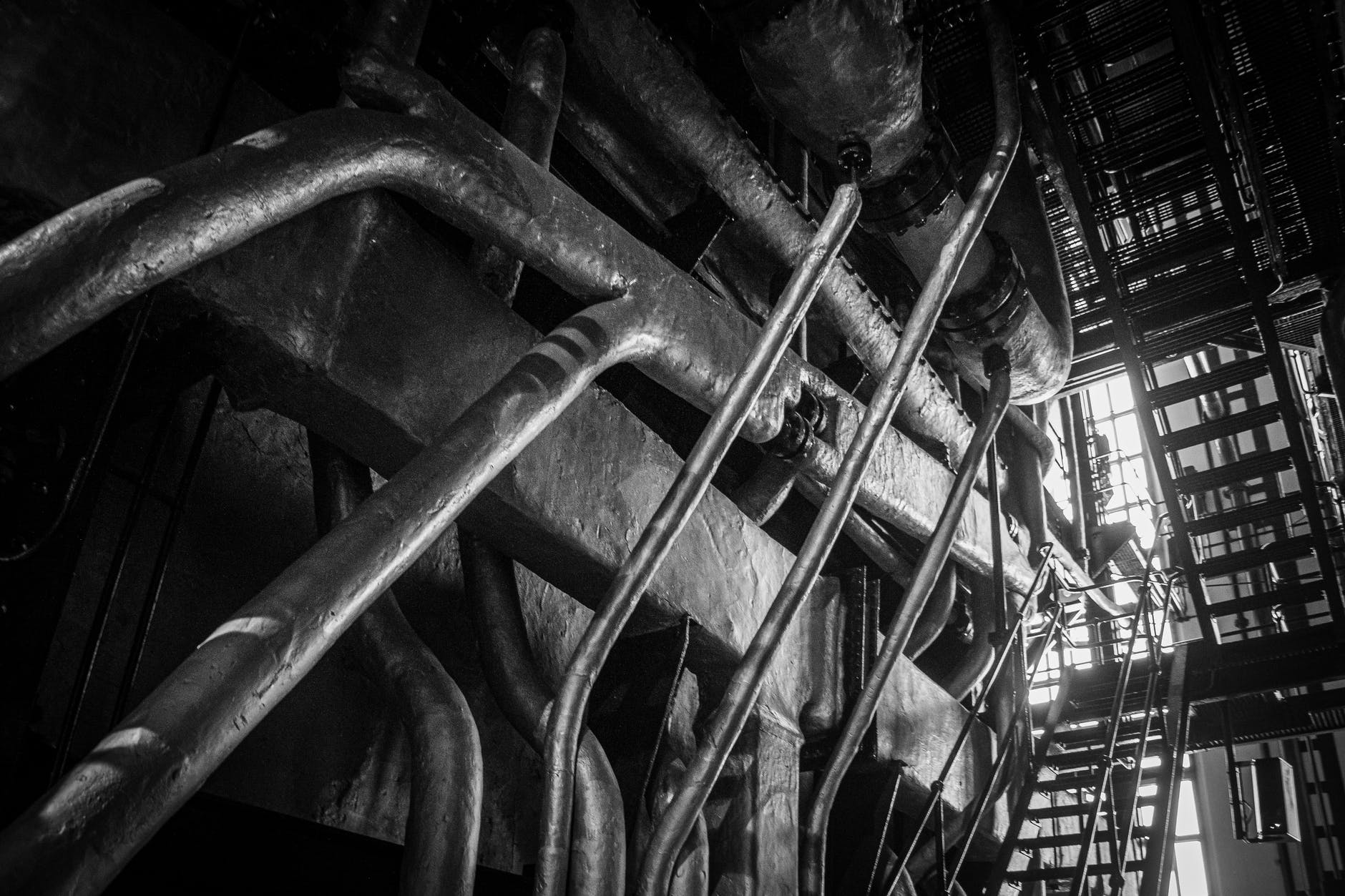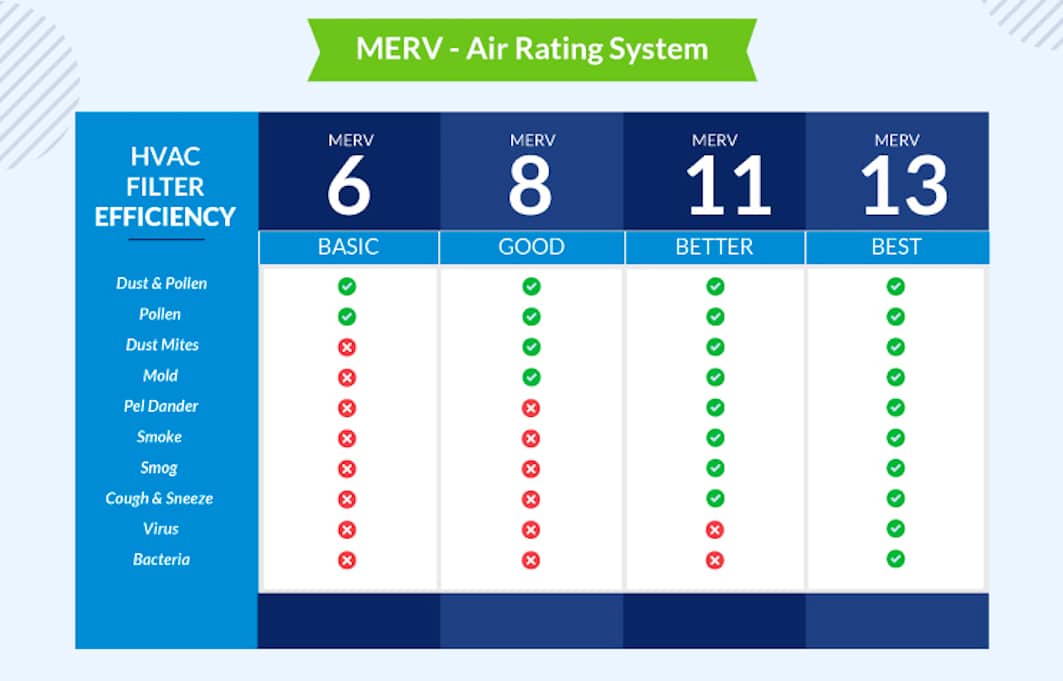316 Stainless Steel Tubes—The Durable and Versatile Tubes You Should be Using

Since its development years ago, stainless steel has become a must-have for various industries.One of the many uses of stainless steel is in making steel pipes, thanks to its numerous positive properties which include durability, strength, and oxidation resistance.
Among the grades of stainless steel in the market, 316 stainless steel has quickly gained momentum over 304 stainless steel. It has now become the go-to metal for the tubing needs of both homes and industries.
Are you looking for 316 Stainless Steel Tube?Here is what you should know.
What is 316 stainless steel and how is it different from 304 stainless steel?
Grade 316 stainless steel is made up of Chromium, Nickel, and 2-3% Molybdenum. It is the ideal metal for use in acidic environments.
The 316 stainless steel is effective against corrosion caused by elements such as sulfur, hydrochloride, formic, acetic, and tartaric. It is also resistant to alkaline chlorides.
Similar to the 316 stainless steel, the 304 type also contains chromium and nickel but lacks molybdenum. Molybdenum is what increases resistance to chlorides.
The 316 stainless steel is also heat-resistant and cannot be hardened by heat treatment. It is also weldable by all standard commercial processes.
That means if you want steel that is durable, easy to weld, clean, fabricate, and finish, you should be looking for 316 Stainless Steel Tube.If you want a non-magnetic metal to use in your applications, the 316 stainless steel tube is also ideal.
What is the difference between 316 and 316L stainless steel?
Both of these metals are very similar in terms of durability, cost, and corrosion-resistance. The major difference between them is that the 316L has a lower carbon composition, hence the initial L.
However, the 316L is more resistant to weld decay, but the 316 metal can be annealed to prevent weld decay. 316 L is also used for extremely high temperatures and high corrosion environments such as marine constructions.
How do you know it is 316 stainless steel and not 304?
Physically, there is no difference between the two. That means you cannot tell by merely looking. You need a mill test report to satisfy your quality concerns, and you should get that with every shipment or purchase!
316 stainless steel tubing shapes and sizes
The beauty of stainless steel tubing is the fact that you can get in different sizes to meet your needs—from small sizes which you can use in hypodermic tubing, to larger pipes for industrial use.
When you are choosing the ideal size, several factors come into play. These include wall thickness and inner and outer diameter.
Once you have chosen your ideal dimensions, you can go ahead and weld, draw, and cut the tube to any length of your choice.
While many people assume that tubes have to be rounded, you can also get tubes that are oval in shape, rectangular, and flat in shape.
The 316 stainless steel tubing is amazingly versatile in its usage
No matter what industry you are in, you can use 316 stainless steel tubes thanks to their amazing properties such as anticorrosion, anti-rusting, and strength.
If, for example, you want to install tubes in a hospital setting, there is no limit to the number of places you can do it. Think of drainage pipes, ventilations, and even in electric wiring.
If we are talking large hospitals, these tubes are usable as waste containers.
When we come to hospital devices and equipment, 316 steel is great because it is easy to clean and does not react to body fluids, which assures accurate results. That is why stainless steel tubes are valuable in the making of intravenous devices and hypodermic tubing for needles.
Whatever industry you are in, whether food, manufacturing, automotive, technology, or transportation, there are numerous opportunities to use the best stainless steel.
You can also use stainless steel tubing in your home. Think heating appliances, plumbing, cars, and other tools you use. You do not want things rusting on you when you least expect.
In conclusion
The non-corrosive property of stainless steel has made it one of the most sought-out metals. With time, superior grades of stainless steel have come up, offering better corrosion and high temperature resistance.
The 316 stainless steel, which molybdenum as part of its composition, is one of those upgrades that are quickly gaining popularity. The molybdenum makes it better at resisting corrosion than the 304 stainless steel.
Whether you are working in conditions with extremely high temperatures or building equipment in highly corrosive areas, you can trust this metal to do the job.
Moreover, 316 stainless steel tubes are versatile and usable in almost any industryyou can think of— mechanical tubes for bearings, sanitary tubes thatcarry food, hospital equipment, hydraulic and aircraft tubing, and more.
Do you need a reliable and durable metal to use in your home appliances as well? The easy-to clean and long-lasting 316 stainless steel tubes will not disappoint!



